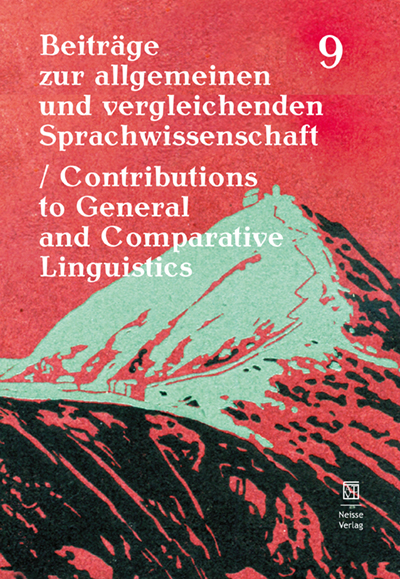English animal zero plurals. A new explanation
English animal zero plurals. A new explanation
Author(s): Leszek BerezowskiSubject(s): Cognitive linguistics
Published by: Oficyna Wydawnicza ATUT – Wrocławskie Wydawnictwo Oświatowe
Keywords: number; English animal zero plural;
Summary/Abstract: The paper explores English animal zero plurals using data culled from the BNC and argues that the rarely discussed pattern is motivated by a cognitive factor. Specifically, it is argued that the use of the zero plural mirrors the inability to individuate referents in their natural habitat, i.e. the inability to distinguish between particular individuals. In nouns designating aquatic creatures the inability is rooted in the fact that human eyesight is able to penetrate the water surface only to a very limited extent, which makes animals that live underwater and do not surface practically invisible (e.g. They caught lots of herring vs. They observed a pod of whales). In the case of land animals and birds the inability is due to the fact that some animals live in large groups, which thwarts distinguishing particular specimens (e.g. They watched a herd of wildebeest / a covey of quail vs. They spooked a couple of grizzly bears). It is further shown that the zero plural pattern is the most widespread in generic contexts (e.g. There are about 2,700 species of snake), which accords well with the explanation argued for in the paper as species are mental constructs that can be readily talked about but are invisible to the naked eye.
Journal: Beiträge zur allgemeinen und vergleichenden Sprachwissenschaft
- Issue Year: 2020
- Issue No: 9
- Page Range: 7-27
- Page Count: 21
- Language: English

